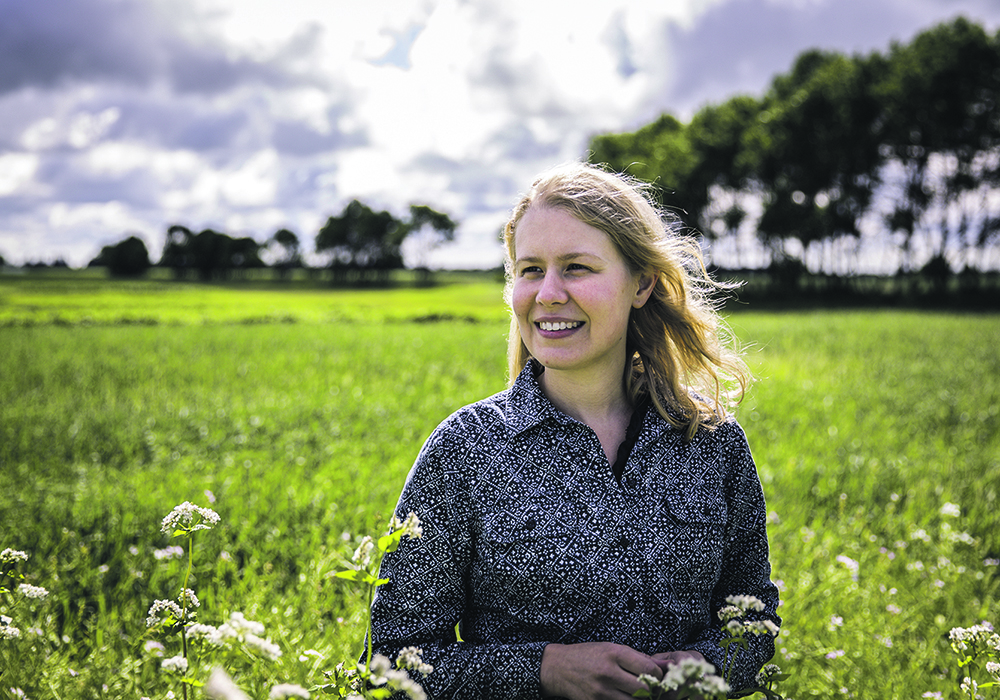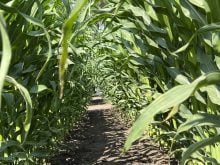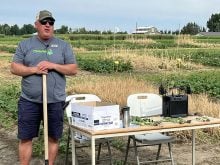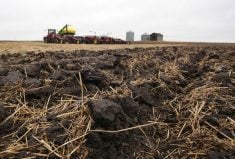Governments in Canada offer some financial incentives but most are smaller and provincial in scope than those in U.S.
Tom Vilsack wants more farmers to use cover crops.
In early January, the U.S. agriculture secretary unveiled a goal of 30 million acres of cover crops on soybean and corn fields across the U.S. by 2030.
The cover crop target is part of a U.S. Department of Agriculture partnership with Farmers for Soil Health — an initiative of the United Soybean Board, National Corn Growers Association and National Pork Board.
“Cover crops have great potential to improve soil health, improve water quality, sequester carbon and make our farms more resilient to severe climate events,” said John Johnson, co-ordinator of Farmers for Soil Health.
Read Also

Organic farmers urged to make better use of trade deals
Organic growers should be singing CUSMA’s praises, according to the Canadian Chamber of Commerce.
The U.S. government and producer groups have set a goal around cover crops, which are seeded to improve soil health, fertility and soil structure, but are not harvested as a cash crop. Maintaining soil cover throughout the year, or as much as possible, protects the soil from erosion and provides food for soil microbes.
In Canada, government and farmers are paying attention to cover crops, but the U.S. has more programming in place to support cover crops.
“To my knowledge, no organization has set a target for cover crop acres in Canada,” said Yvonne Lawley, associate professor in plant science at the University of Manitoba, who has studied cover crop usage in Canada.
In the United States, the USDA has been paying farmers to use cover crops for years. It’s part of the Environmental Quality Incentives Program, where producers receive payments for conservation practices, such as cover crops
As part of the 30-million-acre target for cover crops, the USDA announced $38 million in funds for the incentive program. The cash will go to farmers in 11 states.
Governments in Canada are offering some financial incentives for cover crops but most programs are smaller and provincial in scope.
“As an example … the Conservation and Grow Trust Programs in Manitoba are enabling watershed districts to set up the first conservation programs that include funding for cover crops,” Lawley said in an email. “Manitoba Agriculture has had cover crops as part of their BMP (best management practices) programs for a few years now but the funding available in that pool has been limited.”
A payment program could be a possibility. Last year the federal government announced an investment of $200 million, over three years, for the On-Farm Climate Action Fund.
The fund will support farm practices that store carbon or reduce greenhouse gas emissions, including:
- nitrogen management
- cover cropping
- rotational grazing practices
Lawley and others are still waiting for information on how the funding will work.
“Cover crops was included in the list of BMPs but to my knowledge there are no details yet on how the program will be structured… or how payments will be made to farmers,” she said. “I’ll be interested to learn how this new program will take shape.”
In 2020, Lawley and Callum Morrison, a PhD student, surveyed farmers across the Prairies to estimate the use of cover crops and acreage in Western Canada. The 281 respondents said they grew 102,000 acres of cover crops in 2020. On average, farmers in the survey spent $5 to $30 per acre to seed cover crops.
A cost of $20 to $30 per acre is significant, so financial support might encourage farmers to try something new or expand their acres.
About 55 to 60 percent of farmers in the survey said payments for storing carbon, or tax credits for planting cover crops, would increase acres of cover crops. About 38 percent said payments would expand the use of cover crops.
















